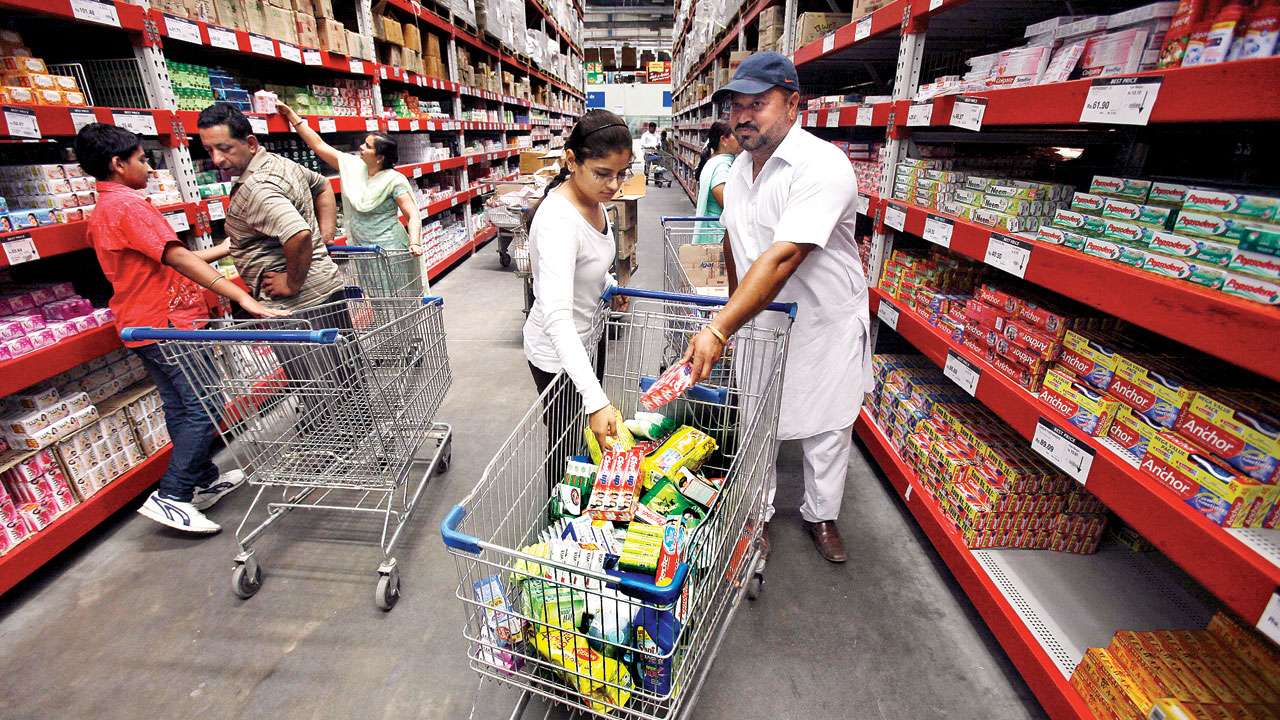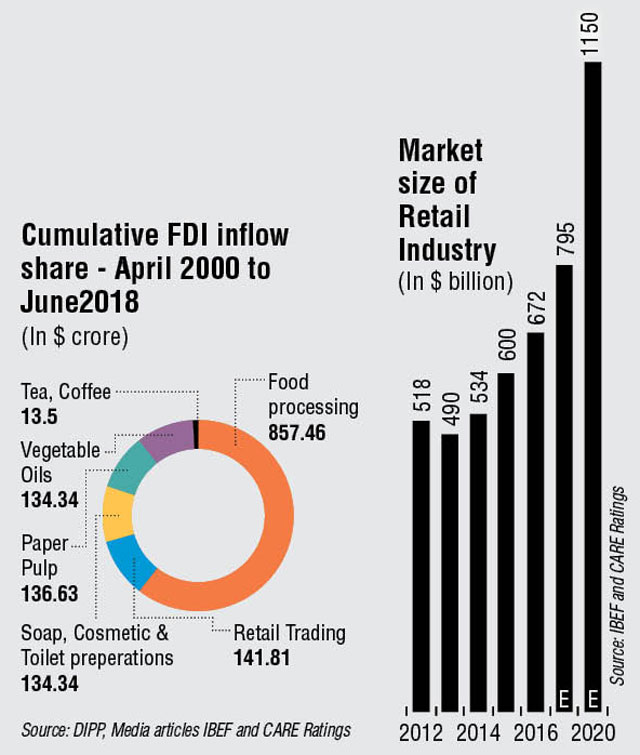FMCG firms want more money in consumers' wallets

FMCG , Reuters
The consumer companies are expecting that the Union Budget 2019 puts more money in the hands of consumers and cut in corporate tax rate.
"The finance minister has eluded that when the revenues pick up they could be looking at bringing down the effective GST rate, but we don't know when it is happening. The second important bit is the corporate tax. About four years ago, he had clearly indicated the intent to bring down the corporate tax to 25%. Directionally. I would believe that in some tranches the tax rate should move towards 25%," said Sanjiv Mehta, chairman and managing director, Hindustan Unilever Ltd (HUL).
Sahil Gilani, director - sales and marketing, Gits Foods, is hoping the upcoming interim Budget to provide micro, small and medium enterprises (MSMEs), with better access to credit, while effectively bringing down their cost of funds. "It is very obvious for an FMCG player like us – the Budget needs to mean higher purchasing power for the consumers. Also, a reduction in income tax slabs will bolster the FMCG sector. The rural FMCG sector is also expected to witness a boost due to increased government spending. More money in the consumer's pockets reinforces the FMCG sector," said Gilani.
Elections typically cause a gross domestic product (GDP) uptick because there is spending on and during the entire exercise.
Lalit Malik, chief financial officer, Dabur India, wants an overall increase in the pace of development. "Supporting business development, while facilitating ease of doing business and creating more employment opportunities would have a positive impact on the overall business and demand environment," he said.
 According to Malik, over the past two years, there has been a lot of focus by the government on rural development and financial inclusion by way of schemes such as Jan Dhan Yojana. These, coupled with the increased pace of infrastructure development, have led to a surge in demand for consumer products in the hinterland.
According to Malik, over the past two years, there has been a lot of focus by the government on rural development and financial inclusion by way of schemes such as Jan Dhan Yojana. These, coupled with the increased pace of infrastructure development, have led to a surge in demand for consumer products in the hinterland.
"Rural demand has, in fact, been outpacing urban demand for several quarters now. The proliferation of the digital media coupled with technological advancement has further helped boost consumerism, particularly among the youth in India, both urban and rural," said Malik.
Faster rural growth was a result of many factors, including total agri production, realisation, money that government spends on various schemes, rural wages, etc. But what really acted as a catalyst was the value for money offerings by various market players.
With affordable prices and a host of options, said Mahesh Viswanathan, deputy managing director and chief financial officer, Finolex Cables, the industry has entered into a major consumption zone. "Today India as a market is more attractive than ever before in the eyes of various global players and is now counted as one among the main countries for investment with a dynamic and diverse consumer pattern," he said.
While demand environment appears stable, industry players said there is still some stress in the rural market. Mehta of HUL said a big category business like fast moving consumer goods plays two parts. One, it's reflective of the health of the business and second it is also a driver of growth in a consumption driven economy.
"The very fact that the governments in many states had to waive off the farm loans is certainly indicative of the stress in the rural markets. The rains started well, but many of the pockets in the country did not receive the average rainfall. Wage rates is another factor that needs to move up to have more money in the hands of rural populations because not all are farm owners. The other important bit is not the absolute production, but the realisation, the government had put in the intent of the minimum support price. Now, whether that gets effectively implemented in the market or not is yet to be seen," said Mehta.
In fact, recent statistics on some of the agri related inflation has been negative, indicating there has been no inflation. "That means in an indirect manner, the money is not going into the rural sector if it's negative. We still need to watch some of them," said Srinivas Phatak, chief financial officer, HUL.
Devangshu Datta, chief executive of management consulting firm Third Eyesight, said the two big events – demonetisation and GST – created issues for businesses across the board and more so for the players in the consumer sector. "The first one created a straight forward issue in terms of demand taking a hit due to shortage of cash, not necessarily illegal, in the system. Some of the sectors witnessed a short-term impact but they picked up at a later stage. GST had a longer impact as there were several changes in the procedure, unpredictability in terms of filing, system/ portal crashing, inability to handle the traffic and process the same," said Datta.
All of these created logistical gaps and operational issues for consumer businesses. While demand wasn't impacted much companies/ businesses continued to struggle. The problem was no so much in the durables/ electronics space, but in fast moving consumer goods and related products category. Typically availability drives consumption of such products and despite a latent demand, products were not on the shelf, and hence got replaced with what was available.
The good news is that both the issues are behind us now and things have settled down for consumers as well as companies. "Fiscal reforms like the introduction of GST and demonetisation had led to a temporary slowdown, but it was on expected lines. Post reforms, the growth has come back to its normal levels," said Malik of Dabur India.
STORY SO FAR
- GST Council has met 32 times since the indirect tax was implemented from July 1, 2017
- In its meet on January 10, the Council increased the GST registration limit from Rs 20 lakh to Rs 40 lakh for suppliers of goods
- Changes were made in the composition scheme by increasing the turnover limit to join the scheme up to Rs 1.5 crore, tax payments to be made quarterly and returns to be filed annually starting April 1, 2019
- In the previous meeting, six goods and one service have been removed from the 28 % GST slab tax bracket